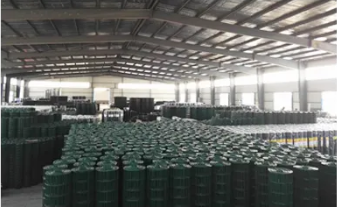The Significance of the Rabbit-Proof Fence in Australia
The Rabbit-Proof Fence, an iconic structure in Australia, stands as a testament to both the environmental challenges the nation has faced and the profound cultural narratives that emerge from its history. Originally constructed in the early 1900s, the fence was designed to curtail the devastating impact of rabbits on the Australian ecosystem. As non-native species, these rabbits proliferated dramatically, leading to severe degradation of land and competition with native wildlife for resources. The creation of the Rabbit-Proof Fence was more than just a pragmatic response to an ecological crisis; it symbolized the broader struggle between nature and human intervention.
The Significance of the Rabbit-Proof Fence in Australia
As an engineering feat, the Rabbit-Proof Fence was significant. It showcased the human capacity for problem-solving and the ambition to control nature. Yet, the ethical implications of such a project are also worth examining. The fence not only altered the landscape but also disrupted the traditional movements of Indigenous communities. The encroachment of European settlers and the creation of such barriers represented a colonial mindset—a desire to impose order and control over the Australian environment. This aspect of the fence’s history parallels broader themes of colonization, land ownership, and the rights of Aboriginal peoples, highlighting the complex relationships between settler societies and Indigenous cultures.
rabbit fence

The narrative surrounding the Rabbit-Proof Fence was further popularized through the 2002 film “Rabbit-Proof Fence,” directed by Phillip Noyce. The film tells the harrowing story of three Aboriginal girls who escape from a government settlement, using the fence as a guiding line back to their homeland. Their journey underscores the profound emotional and cultural connections Indigenous Australians have to the land, emphasizing themes of resilience, identity, and the struggle against colonial oppression. The fence, once a symbol of separation and control, becomes a poignant reminder of the relentless pursuit of freedom and the reclamation of cultural identity.
Today, the Rabbit-Proof Fence serves as a historical marker that invites reflection on the complexities of Australia's ecological and cultural history. It reminds us of the consequences of human actions on the environment and the need for sustainable practices that respect both the land and its original inhabitants. As conversations around biodiversity and conservation continue to evolve, the lessons learned from the Rabbit-Proof Fence resonate more than ever.
In an era where Australia faces new ecological challenges—such as climate change and habitat destruction—the Rabbit-Proof Fence stands as a reminder of the delicate balance between protecting the environment and honoring Indigenous rights. It compels us to consider our role as stewards of the land and the ways in which we can learn from history to build a more equitable and sustainable future. Ultimately, the Rabbit-Proof Fence encapsulates a multifaceted story of struggle, survival, and the enduring connections between people and the land they inhabit.
















